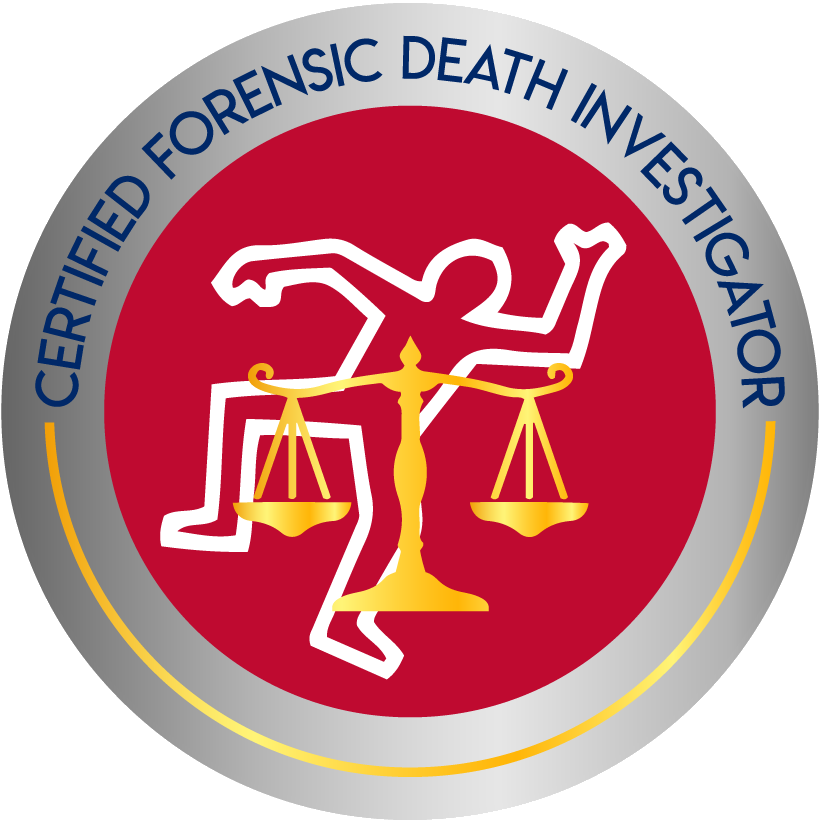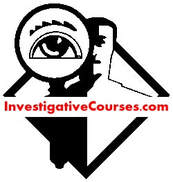
As professional investigators there are basic tasks to be accomplished in every case, whether it be conducting surveillance, backgrounds, skip tracing, assets & liabilities, or defense mitigation. This applies to the investigation, interview, research, and reports. We are often asked what are some of the best practices essential to investigations – in addition to covering ‘the basics’ of who, what, when, where, why and how. Expanding on these basics would be our FAQs.
In all investigations, and tasks within each assignment, the professional investigator will look for all consistencies, inconsistencies, and discrepancies – in the interview, records, reports, discovery, disclosure, etc. In doing so, also determine if there is any supporting and contradicting evidence as it relates to all parties of the legal action. Look for and document any new evidence. The process in the search for new facts and evidence should also use all of the five senses: see, hear, touch, taste, and smell. These may be provided in interviews, or seen in various incident reports.
This includes any subjective and objective information, first-hand accounts, hearsay, and the documentation and collection of evidence. Although hearsay is not admissible in court or deposition, it is useful in determining additional information, confirming information, and potentially providing new leads.
All interviews should involve all senses of the witness and cover the full who, what, when, where, why, and how of all components of the incident that the interviewee does, or conceivably may, have knowledge of. The professional investigator may have one opportunity for the interview and it is important to use it wisely. Information from the interview may be used at any stage of the legal process – from settlement conferences and plea negotiations, to sentencing mitigation and appeals. Does the interview, or even review of records and reports, cover the elements of criminal charges under investigation, or allegations in a civil tort case? Very often it is necessary – but overlooked – to go beyond the basics, the senses, and even the elements and allegations. Ask more questions, develop your own FAQs you should be asking, listening for, and researching. This may include if any cell, dashcam, or bodycam photographs and video were captured, were other people around, distances and time, etc. These FAQs may reveal important, and otherwise unknown, information.
Part of your complete investigation process should be based upon the concept that there are five sources of information for a witness: sight, sound, touch, taste, and smell - the five senses. Additionally, there are six knowledge subjects to which these apply: who, what, when, why, where, and how. These human elements of senses and knowledge encompass those areas in which the professional investigation will verify and uncover information, facts, and evidence important to the client. In doing so, there is also an increase in the value and reputation of the professional investigator.
(adapted from Practical Methods for Legal Investigations: Concepts and Protocols in Civil and Criminal Cases by Dean A. Beers, CLI, CCDI ~ CRC Press 2011)


